What is the Purpose of Fiber Termination Kits in Network Setup
In today’s high-speed digital landscape, the demand for efficient and reliable network setups has never been more critical. Fiber termination kits play a vital role in ensuring seamless fiber optic connections, facilitating optimal data transmission rates that can reach up to 100 Gbps as highlighted by industry reports from the Fiber Optic Association. As organizations increasingly rely on fiber optic technology to support burgeoning bandwidth needs—predicted to increase by over 25% annually—understanding the purpose and application of fiber termination kits becomes essential for network engineers and IT professionals.
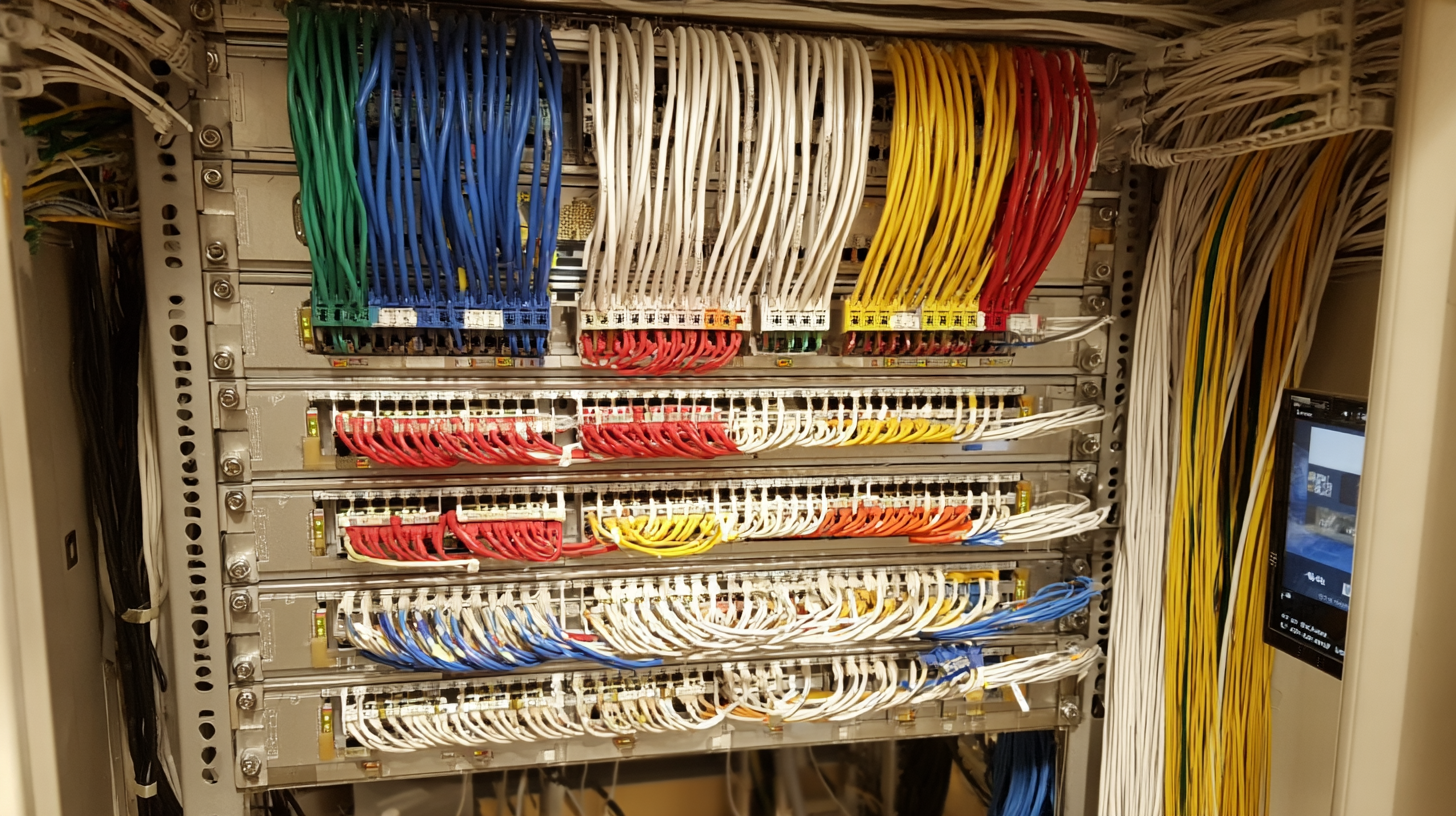
These kits not only streamline the process of connecting fiber optic cables but also enhance overall network performance and reliability, making them indispensable tools in modern network infrastructures. By investing in quality fiber termination kits, businesses can improve operational efficiency and future-proof their connectivity solutions.
Understanding Fiber Termination Kits and Their Role in Network Infrastructure
Fiber termination kits play a crucial role in network infrastructure by providing the necessary tools and components to properly connect and manage fiber optic cables. These kits typically include fibers, connectors, adapters, and tools tailored for both fusion and mechanical splicing. The precise handling of these materials ensures optimal signal transmission and minimizes loss, which is essential for maintaining high-speed data communication across networks.
In addition to installation, fiber termination kits facilitate future upgrades and repairs. As network demands evolve, being able to efficiently terminate and re-terminate fiber connections is vital. These kits not only streamline the setup process but also support the longevity and scalability of the network. Understanding their importance can help network administrators make informed decisions about infrastructure investments, ensuring robust and reliable connectivity for years to come.
Key Components of Fiber Termination Kits and Their Functions
Fiber termination kits play a crucial role in network setup by ensuring that fiber optic cables are properly ended and functioning optimally. These kits typically include essential components such as termination tools, connectors, and adhesive, each of which serves a specific function to facilitate successful fiber terminations. According to industry reports, about 70% of network issues stem from improper fiber connections, highlighting the importance of using quality termination kits to mitigate these risks.
Key components of fiber termination kits include fiber stripping tools, cleavers, and various types of connectors like SC, LC, or ST. Fiber stripping tools are designed to remove the protective coating from the fiber without damaging its core, while cleavers accurately cut the fiber to a precise length, ensuring minimal signal loss. The choice of connectors affects performance significantly; for example, SC connectors offer low insertion loss and high return loss, making them suitable for high-speed networks. Data from the Fiber Optic Association indicates that using the right termination tools can reduce installation time by up to 40%, showcasing their efficiency in network deployments.
The Importance of Proper Fiber Termination in Network Performance
Proper fiber termination is crucial for ensuring optimal network performance. Fiber optic cables transmit data at higher speeds and over longer distances compared to traditional copper cables, but the benefits can only be fully realized with precision in termination. Poorly executed terminations can lead to significant signal loss, which degrades the quality of the connection. This can manifest as slower data transfer rates or intermittent connectivity issues, ultimately affecting overall network reliability.
Furthermore, the quality of fiber termination directly impacts network scalability and maintenance. With proper termination techniques, networks can be easily expanded or modified without compromising performance. This is especially important in environments where bandwidth needs are rapidly increasing. Additionally, well-terminated fibers are easier to diagnose and troubleshoot, reducing downtime and maintenance costs. Investing in fiber termination kits and skilled technicians can significantly enhance network efficiency and longevity.
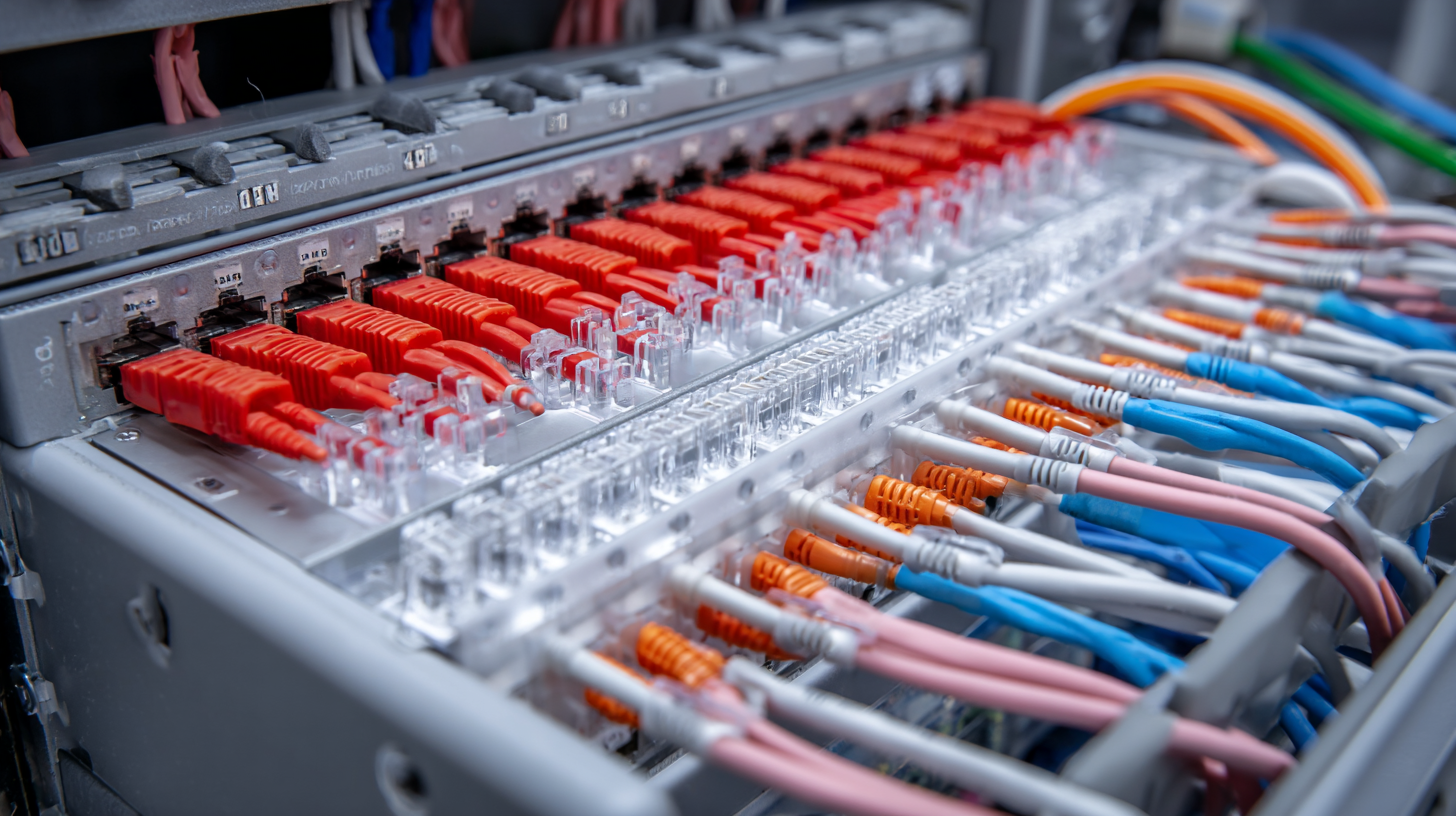
Common Types of Fiber Terminators and Their Applications
Fiber termination kits play a crucial role in the setup of fiber optic networks, offering high-quality connections that are essential for data transmission. Among the various options available, the most common types of fiber terminators include SC, LC, ST, and MTP/MPO connectors. Each of these has unique features and applications tailored for specific network requirements. For instance, SC connectors are widely used in single-mode fiber applications due to their reliability and low insertion loss, making them ideal for data centers and enterprise networks.
In contrast, LC connectors are favored in high-density installations because of their compact size, which allows for more connections in limited spaces. According to the Optical Fiber Communication Conference (OFC), the demand for high-density optical solutions is expected to grow by over 25% annually as organizations increasingly depend on fast and efficient data transfer. Additionally, MTP/MPO connectors are becoming more prominent in modern data center architectures, enabling multiple fibers to be terminated in a single connector and simplifying the cabling process. This versatility makes fiber termination kits indispensable in adapting to evolving technological advancements and ensuring robust network infrastructure.
What is the Purpose of Fiber Termination Kits in Network Setup - Common Types of Fiber Terminators and Their Applications
| Type of Fiber Terminator | Description | Application |
|---|---|---|
| LC Connector | A small form-factor connector with a latched design. | Used in high-density applications and network equipment. |
| SC Connector | Standard connector with a push-pull design. | Commonly used in data communication networks. |
| ST Connector | A connector with a bayonet-style locking mechanism. | Often used in legacy installations and multimode fiber applications. |
| MTP/MPO Connector | Multi-fiber connector that allows for high-density connections. | Utilized in data centers for high-speed communication. |
| FC Connector | Fiber connector with a screw-on mechanism. | Used in high-performance applications like test equipment. |
Best Practices for Using Fiber Termination Kits in Network Setup
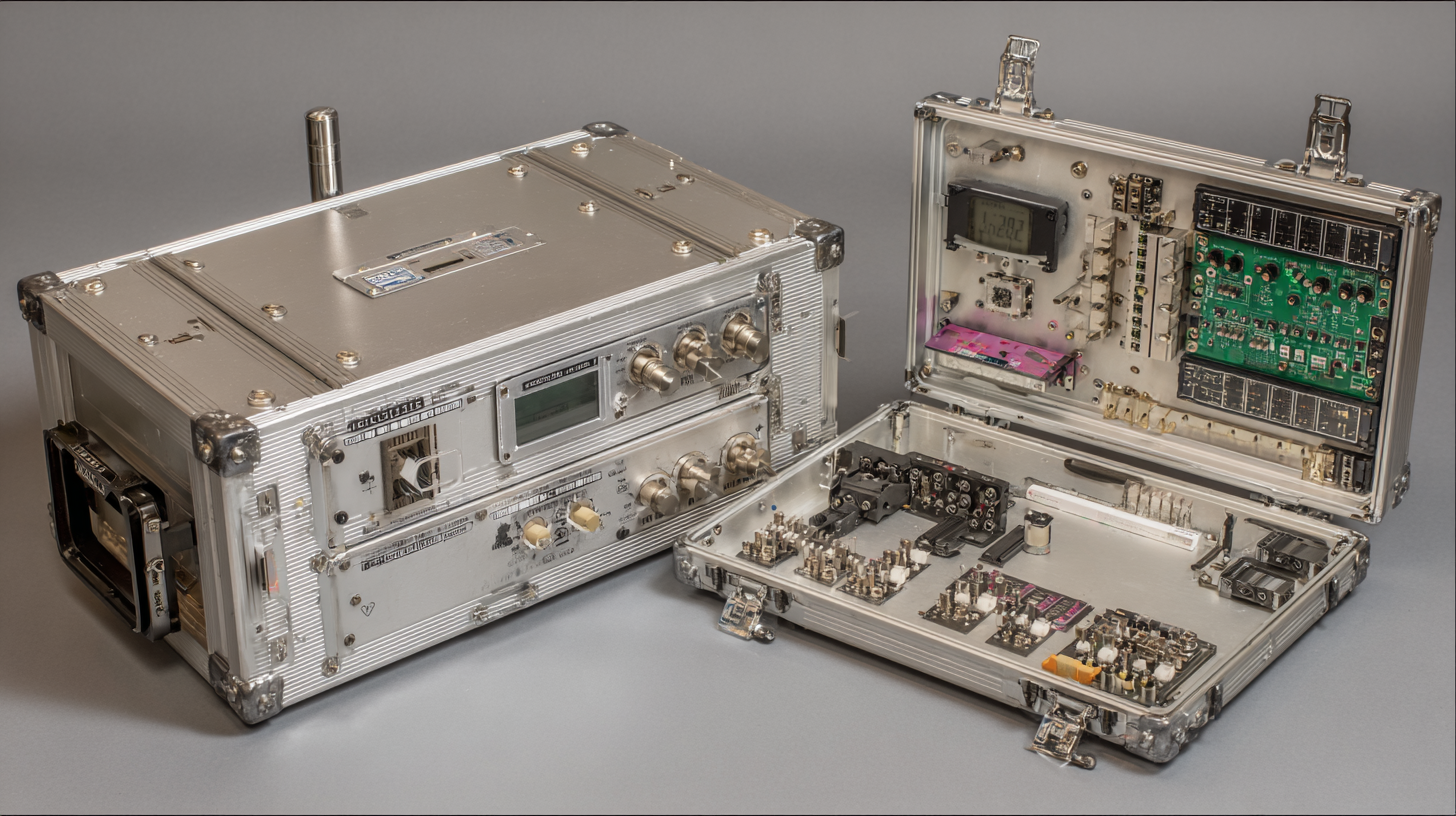 Fiber termination kits play a crucial role in the setup of fiber optic networks, facilitating the connection and management of fiber cables. When using these kits, it's essential to follow best practices to ensure optimal performance and reliability of your network. First, proper cleaning of connectors before installation can significantly reduce attenuation and signal loss. Additionally, carefully following the manufacturer’s guidelines for termination reduces the risk of mistakes that can lead to costly repairs or downtime.
Fiber termination kits play a crucial role in the setup of fiber optic networks, facilitating the connection and management of fiber cables. When using these kits, it's essential to follow best practices to ensure optimal performance and reliability of your network. First, proper cleaning of connectors before installation can significantly reduce attenuation and signal loss. Additionally, carefully following the manufacturer’s guidelines for termination reduces the risk of mistakes that can lead to costly repairs or downtime.
Another best practice involves organized cable management, which not only improves airflow and reduces the risk of damage but also makes future maintenance or upgrades easier. It’s advisable to label cables appropriately to facilitate troubleshooting. Lastly, ensuring that all connectors are securely attached and that the cabling is not overly strained will help maintain the integrity of the network over time. By adhering to these best practices, users can maximize the efficiency and longevity of their fiber optic installations.
Related Posts
-

How to Select the Best RJ45 Cable Tester for Your Networking Needs: A Comprehensive Guide
-

5 Digital Insights and Tips for Choosing the Right Optic Cable to Enhance Your Network Performance
-
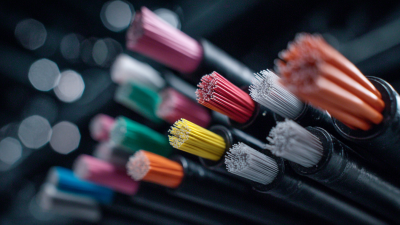
Digital Best Practices for Understanding Fiber Optic Cable Technologies
-

Understanding the Consequences of RJ45 Tester Misconfigurations in Network Performance
-
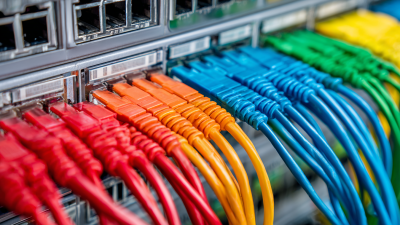
How to Build a Reliable Network with Fiber Optic Connections
-
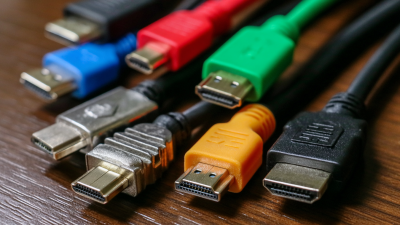
7 Best Cable Connectors You Should Invest In Right Now






